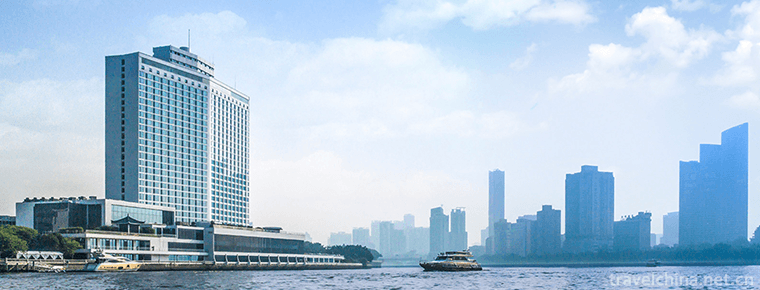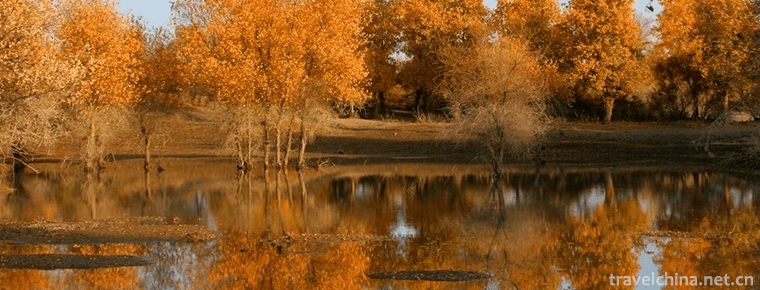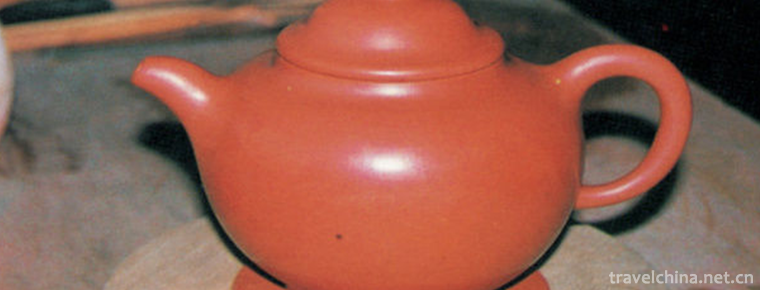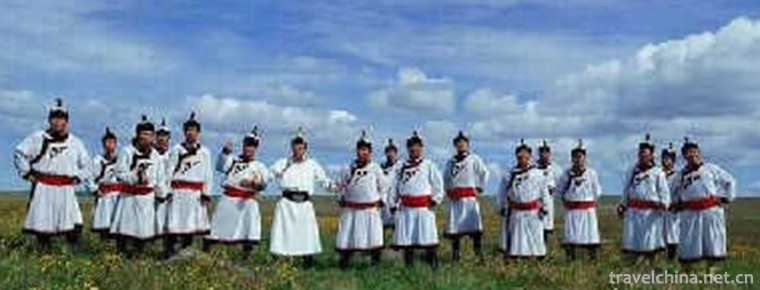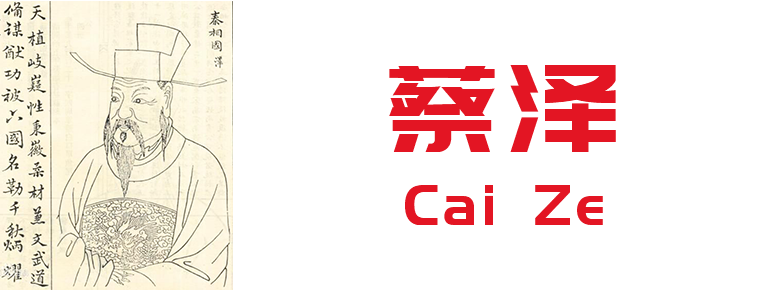Guyang Qincheng Great Wall Site
Guyang Qincheng Great Wall Site
The site of the Qincheng Great Wall in Guyang is located in the Yinshan Mountains in the central part of Inner Mongolia Autonomous Region, along the Damiao, Yinhao and Xidoupu in the northern part of Guyang County. Founded in 214 B.C., it was built by General Meng Tian of Qin Dynasty, who led 300,000 troops to resist the invasion of northern Huns and Donghu. Emperor Wudi of Han Dynasty sent Wei Qing to repair it during his reign, which has lasted for more than 2,200 years. The Great Wall of Qin runs through three towns in the central part of Guyang County. It runs from west to East with a total length of 85 kilometers (originally identified as 120 kilometers). Stones are built and beacon towers are set every few miles. In 1996, it was listed as a national key cultural relic protection unit.
In Mao Zedong's poems, the Great Wall refers to the Great Wall of Guyang and Qin Dynasty.
History
Yinshan stretches about 1,000 kilometers from east to West in northern China, which is the natural barrier of the northern frontier fortress. In history, political, economic, cultural exchanges and even wars between the Central Plains Cathaysian and the Mobei minority nationalities have to cross the Yinshan Mountains. There are no relatively flat valleys in the eastern part of Yinshan, and transportation is inconvenient. Although there are many valleys in Hetao Plain in the middle and Western part, most of them are dangerous on high mountains and roads or obstructed by deserts. Only the Kundulun Valley in Baotou (the ancient name of Shimen River) is flat and broad, and can be used by carriage, which is the most ideal traffic flat way across Yinshan. In Guyang County, the Selten Mountains in Yinshan Mountains have the convenience of the Kundulun River Valley, which is an indispensable place for military strategists in history. The Great Wall of Qin Dynasty built here is naturally an excellent choice.
In 221 B.C., Qin Shihuang unified six countries. Seven years later, General Meng Tin sent 300,000 troops to drive the Huns north of Yinshan Mountain. They not only seized Henan (now northwest of the Ordos Plateau), but also crossed the river to occupy the northern vacation area. The northern vacation area is now Langshan, Selten Mountain and Ming'anchuan, which crossed the original northern defense line, the Great Wall of Zhao. In 214 B.C., in order to prevent the northern Huns from descending to the south, Emperor Qin Shihuang sent General Meng Tin to lead 300,000 troops.
Another Great Wall was built here as the first line of defense, which is the origin of the Qin Great Wall on Selten Mountain in Guyang County. Of course, the Great Wall of the Qin Dynasty built in Mengtan is far more than this section. In addition to making use of the foundations of the northern Great Wall of Yan, Zhao and Qin dynasties, many parts of the Great Wall have been built and expanded. The Qin Great Wall covers more than 10,000 miles from Liaodong County in the East (now Eastern Liaoning Province) to Lintao County in Longxi County in the West (now Minxian County in Gansu Province). After that, the name "Great Wall" came into being. "Records of the History of Qin Shihuang's Book" contains: "Let Mengtan cross the river, take Gaoque, Yinshan, North Holiday, build pavilions and barriers, in order to pursue the army." This is the historical record of Meng Tian's construction of the Qin Great Wall along the Yinshan Mountains of Langshan, Wula, Selten and Daqingshan along the Wulate grassland in the west, Guyang and Wuchuan counties in the east to the north of Huhhot. According to historical records, the first emperor of Qin Dynasty died in the sand dunes, and did not lose his funeral. Zhao Gao and Li Si forged a legacy edict to prevent the eldest son from supporting Su and Mengtan. According to the biography of Li Si in Historical Records, "Meng Tian stopped Fusu and said,'Your Majesty lives abroad without a prince. The envoys guard 300,000 people by the side and the prince is the prisoner, which is the most important task in the world. Now a messenger comes, suicide, knowing that it is not fraud?'... Fusu is a benevolent man, and Meng Tian said,'The father gives the son death, and Shang An reconsiders it!' Suicide. Mengtan refuses to die. This historical fact has smeared a bloody color on the Great Wall of Qin Dynasty.
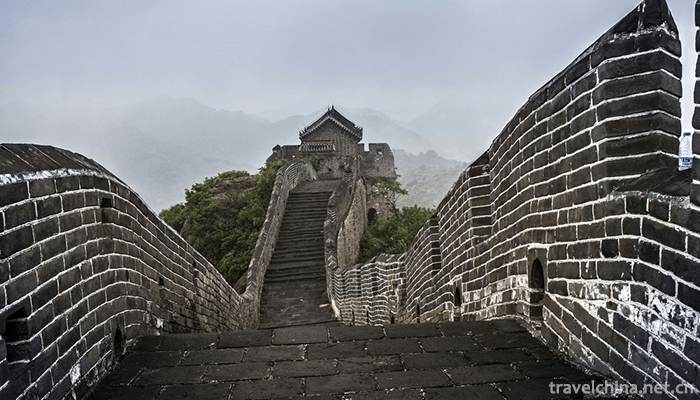
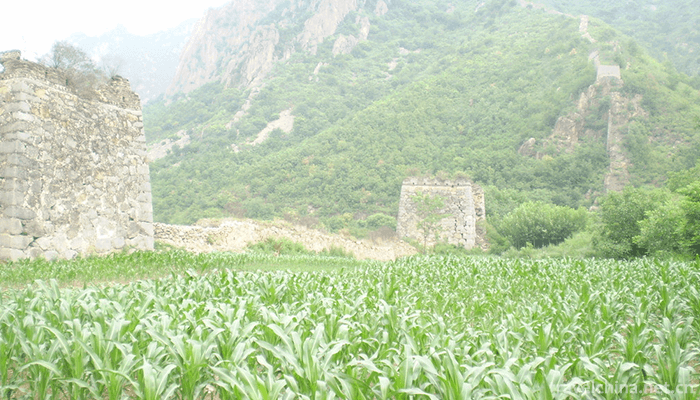
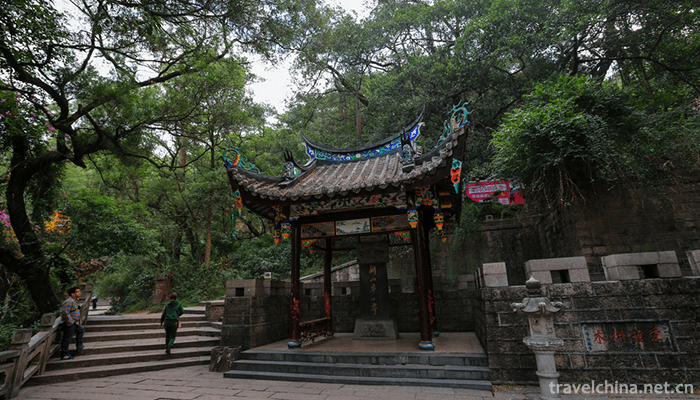
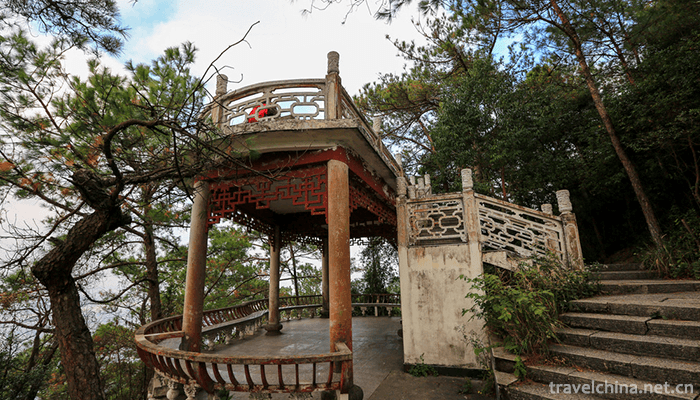

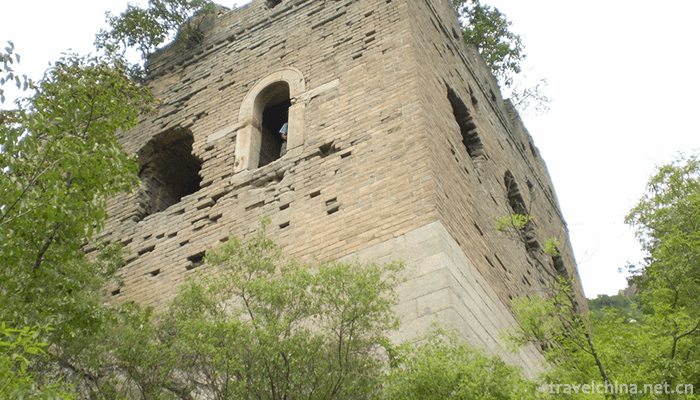

Guyang Qincheng Great Wall Site
-
White Swan Hotel Guangzhou
The White Swan Hotel is located in Baigetan, Shamian, Guangzhou. It was built by Mr. Huo Yingdong and the Guangdong Provincial Government. It opened in 1983 and is the first five-star hotel in China t
Views: 232 Time 2018-12-16 -
Bashang grassland
Bashang grassland, also known as the first grassland in the north of Beijing, is located in Hebei Province. It refers to the meadow grassland formed by the steep rise of grassland and the reasons of c
Views: 151 Time 2019-01-02 -
Jinhu Yang National Forest Park
Zepujin Lake Yang National Forest Park is located 40 kilometers southwest of Zepu County in the Gobi Depth, located in the upper edge of the Yerqiang River alluvial fan
Views: 318 Time 2019-01-23 -
Tao Zhugong Legend
Tao Zhugong's legend originated from Dingtao, Shandong Province, and is widely spread among Chinese people and Chinese businessmen in the world. It has a history of more than 2500 years. Tao Zhugong,
Views: 175 Time 2019-06-18 -
Centipede dance
Centipede dance, Guangdong traditional folk dance. Originated from Tongzhi in Qing Dynasty to Guangxu, it was initiated by Chen Chengjin, a native of Ximen, and Shi Wenyong, a good friend. It is a squ
Views: 193 Time 2019-06-29 -
Production Techniques of Yixing Purple Sand Pottery
Yixing Purple Sand Pottery Manufacturing Techniques, Dingshu Town, Yixing City, Jiangsu Province, local folk traditional pottery making techniques, one of the national intangible cultural heritage.
Views: 185 Time 2019-07-12 -
Congratulations
Congratulations, also eulogies, Mongolian folk literature form, China's national intangible cultural heritage. Praise is a traditional folk literature form of Mongolian nomadic people in northern Chin
Views: 228 Time 2019-08-10 -
Cai Ze
Cai ze The birth and death are unknown. The Warring States Yan Guo Gang Cheng (today) Hebei All men are good at argument, wisdom, and lobbying. Cai Ze was in a desperate position to enter the Qin Dyna
Views: 222 Time 2019-09-14 -
Former site of Brazil Conference
The former site of the Brazil conference, formerly known as Banyou temple, is located in Brazil township of Zoige county (which belonged to Songpan County before 1956) at the southeast border of Aba Prefecture and Gansu Province. It is near the edge of grassland and is a semi agricultural and semi pastoral Tibetan inhabited area, 32 kilometers east of Zoige county.
Views: 126 Time 2020-11-07 -
Social security in Luzhou
By the end of 2017, the total number of participants in basic endowment insurance in Luzhou city was 2662800, an increase of 130700 compared with the end of the previous year. At the end of the year, 1031700 people participated in the basic endowment insurance for urban employees
Views: 352 Time 2020-12-14 -
Neijiangs location
Neijiang City is located in the southeast of Sichuan Basin and the middle of the lower reaches of Tuojiang River. Chongqing in the East, Chengdu in the west, Zigong, Yibin and Luzhou in the south, Ziyang and Suining in the north. Its geographical location
Views: 361 Time 2020-12-16 -
Sports in Yibin
In 2019, Yibin sports team (member) won 4 world-class gold medals, 15 national gold medals, 30 provincial gold medals, 38 silver medals and 41 bronze medals. The annual sales of sports lottery tickets reached 410 million yuan, and 15 million yuan of public w
Views: 348 Time 2020-12-18
